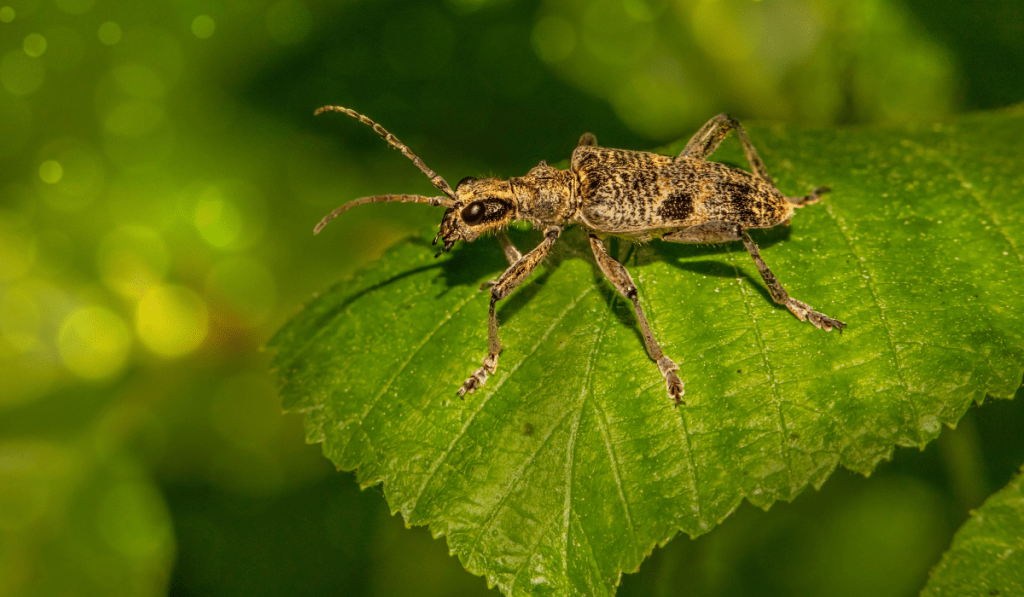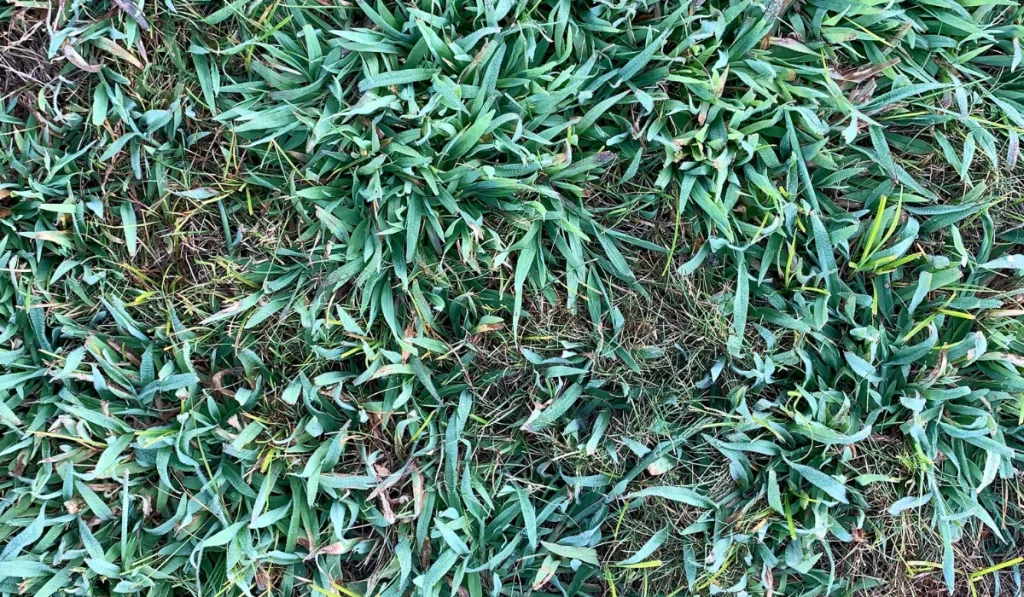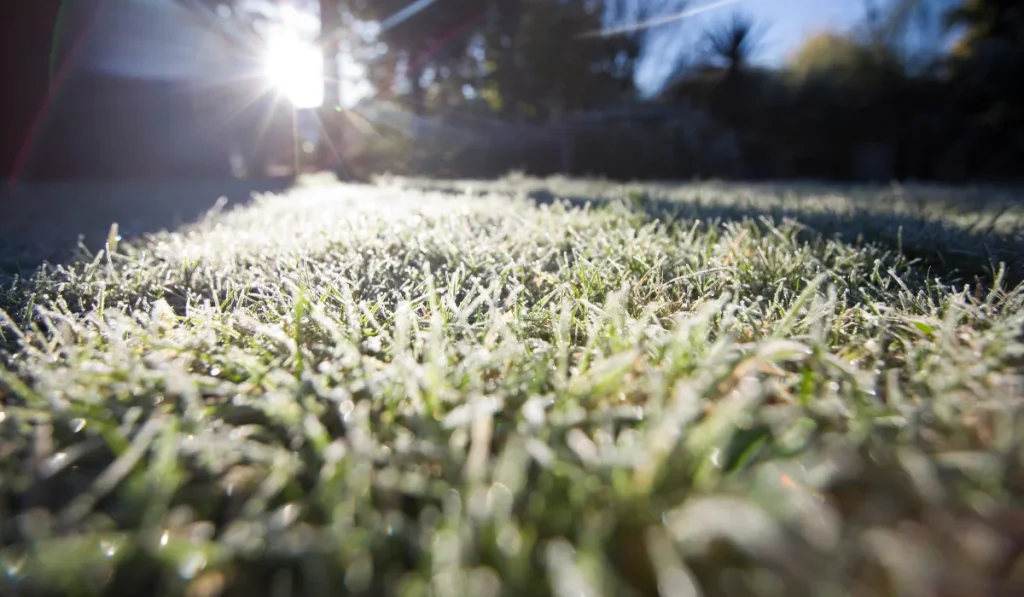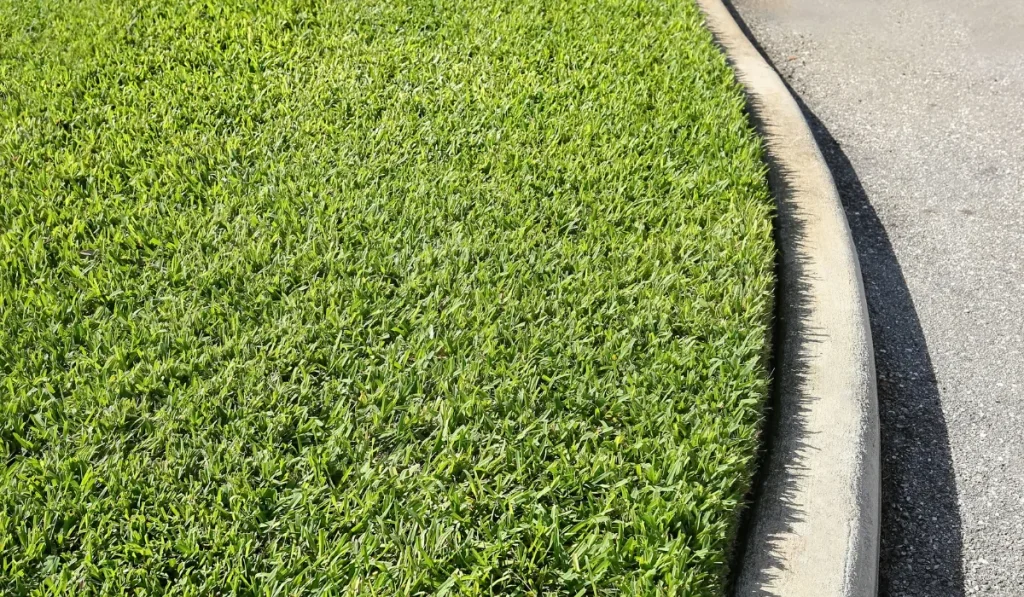Bark Beetles
Bark Beetles are capable of releasing a chemical that attracts mates before boring into the tree and starting to make tunnels. This species mostly does this in trees, as it begins mating with other beetles inside their nuptial chamber. The female then chews through bark tissue for long intervals called galleries which lead them deeper within the inner layers of woody material. The bark beetle family is the most destructive group of insects in America. They can kill trees with their sharp mouthparts, and 60% of all tree deaths are caused by them! There are more than 6,000 species worldwide – they reproduce on a single type of wooded plant or die out if there isn’t any food around for them to eat.
Bronze Birch Borer
The bronze birch borer is a small, slender beetle less than 1/2-inch long. The larval stage feeds just under the bark of birch trees and newly hatched larvae are about an inch in length while mature ones may be % to 14 inches wide or even wider. The effects of a borer are first noticed when the top portion withers and dies. The larva that is responsible for this damage infests one branch, which eventually girdles it as their attack continues to move up or down from there. This results in most branches dying off until the trunk has been completely eaten away by these creatures – resulting in total tree death!
Gypsy Moth
The gypsy moth is an invasive species of moths from Europe that has been a problem in North America since the late 1800s. This pest can cause serious damage to more than 600 plant species, primarily oak and aspen trees. When populations reach very high levels, these defoliating pests may destroy foliage on some types of trees over consecutive years before finally killing them off entirely after several cycles. The gypsy moth is a perfect example of an experiment gone wrong. The moths were brought to the United States in 1869 and immediately escaped, becoming a major pest for over 100 years since then as they destroy all trees that are not coniferous.
Hemlock Wooly Adelgid
The hemlock woolly adelgids are aphid-like insects that can be observed at the base of individual Easter or Carolina hemlock needles, covering themselves with fluffy white cottony wax. They feed on sap and inject toxic saliva into new twig growth; damage first appears as needle discoloration followed by premature needle drop, branch desiccation, and loss of vigor. The limb dieback of trees in the Eastern United States is caused by a fungus that originated from Asia. The disease takes up to two years before it begins its irreversible process, and four to eight more until death occurs.
Lerp Psyllid
These psyllids form a lerp, which is a secretionary structure produced by the nymphs from honeydew as a protective cover. They are small insects that suck sap from leaves and cause leaf damage and drop, which may stress trees or make them susceptible to fatal attacks by other pests like eucalyptus planthoppers. These tiny critters also produce an irritating substance called “honeydew” in copious amounts on sidewalks & cars! The red gum lerp psyllid was first discovered in 1998 and has been spreading across the state.
Scales
The scales of the Soft Scales are so thin that they can’t be separated from their bodies. They secrete a waxy layer to cover themselves and this causes damage by removing vital plant fluids with their sucking mouthparts. Leaf, needle, or branch stunting is possible in numbers and yellowing leaves may occur if left untreated for too long because it stunts photosynthesis which prevents plants from getting energy through sunlight while killing them slowly over time. Scales are pesky and infrequent pests of many evergreen and deciduous plants. They can be found on leaves, twigs, branches, or trunks. Their very small size makes them difficult to notice by the casual observer at first glance but their lack of mobility is what separates these pests from other more noticeable insects like ants that will swarm over your house if left unchecked for too long!
Related: Beetles In Your Lawn



